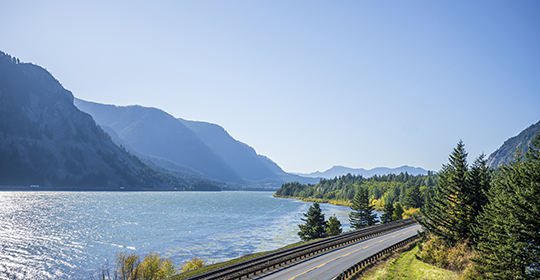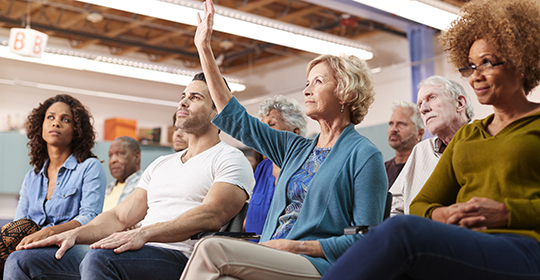4 Ways to Help with Columbia River Environmental Protection
By Debbie Hanson
Feb 07, 2024
Summary of ways to help with Columbia River environmental protection efforts, find conservation organizations for positive change in the Pacific Northwest
Known for its legendary salmon and steelhead runs, the Columbia River stretches over seven states and is the second largest river in North America. Unfortunately, Columbia River environmental protection efforts need to be ramped up due to the impacts of overfishing, habitat alteration, pollution, and climate change. In fact, going back to 2006, the U.S. Environmental Protection Agency (EPA) designated the Columbia River Basin a Critical Large Aquatic Ecosystem because toxic contamination and pollution was a major issue.
If you want to help with Columbia River conservation efforts, learn about four specific ways you can contribute to making positive changes.
1. Support Long-Term Water Quality Monitoring
Support and spread the word about the importance of long-term monitoring programs to track the status and trends of toxins in fish, water, sediments, and invertebrates in the Columbia River. For example, the mainstem of the river from Bonneville Dam to the Canada border needs ongoing monitoring due to the Bonneville Dam site (an area where the U.S. Army Corps of Engineers dumped toxic waste for decades). You can support Columbia River water quality monitoring programs through organizations such as Columbia Riverkeeper.

2. Volunteer for Habitat Restoration Projects
Volunteer for habitat restoration projects through the Lower Columbia Estuary Partnership. The Lower Columbia Estuary Partnership is a non-profit organization that consists of dedicated scientists, educators, and community members who are passionate about protecting the Columbia River. The organization offers year-round opportunities to volunteer and help implement positive change in the lower Columbia River region.
3. Attend Public Hearings to Provide Input
Once you become educated on the issues the Columbia River watershed is facing, attend public hearings to provide input on improving mainstem and tributary water quality. Lend your voice to help reinforce the urgency of eliminating discharges of contaminants to meet water quality criteria. Stay tuned to local media outlets and conservation organizations to find out about the dates and times of any upcoming public hearings.

4. Contact State and National Legislators
If you are passionate about helping with Columbia River conservation efforts, you can contact the offices of your state legislators or reach out to the White House at (202) 456-1111 to let them know about the specific issues that concern you. For example, community groups are pushing back on the Federal Energy Regulatory Commission (FERC) because they recently authorized a huge expansion of fracked gas in the Northwest. This would impact the Pacific Northwest by producing an annual pollution equivalent to several fossil fuel power plants.
Since you have a few specific action steps you can take to help with Columbia River environmental protection, pick one to start with and be a part of the movement toward positive change.









